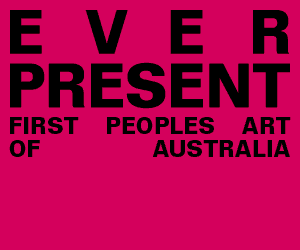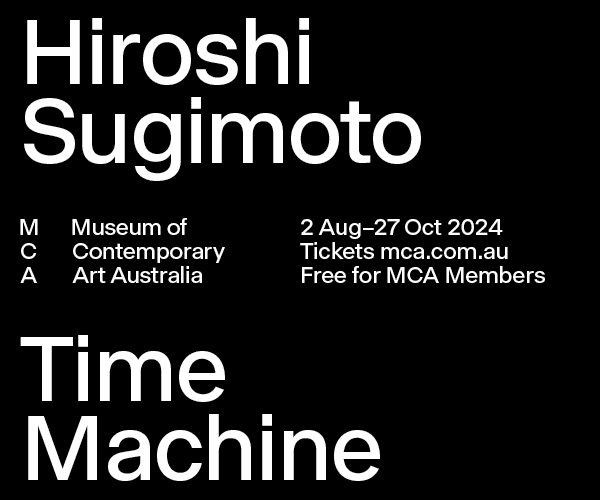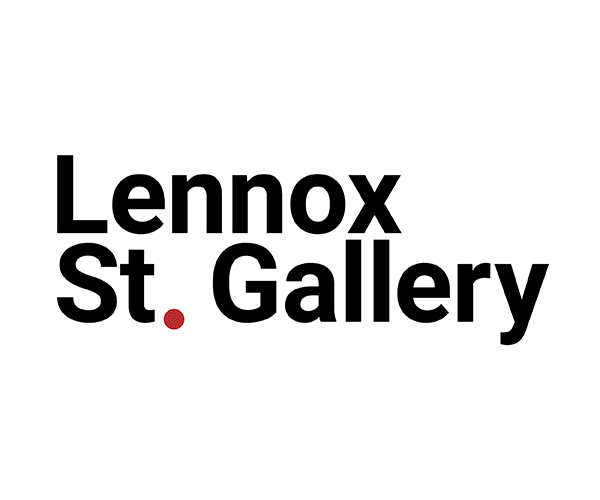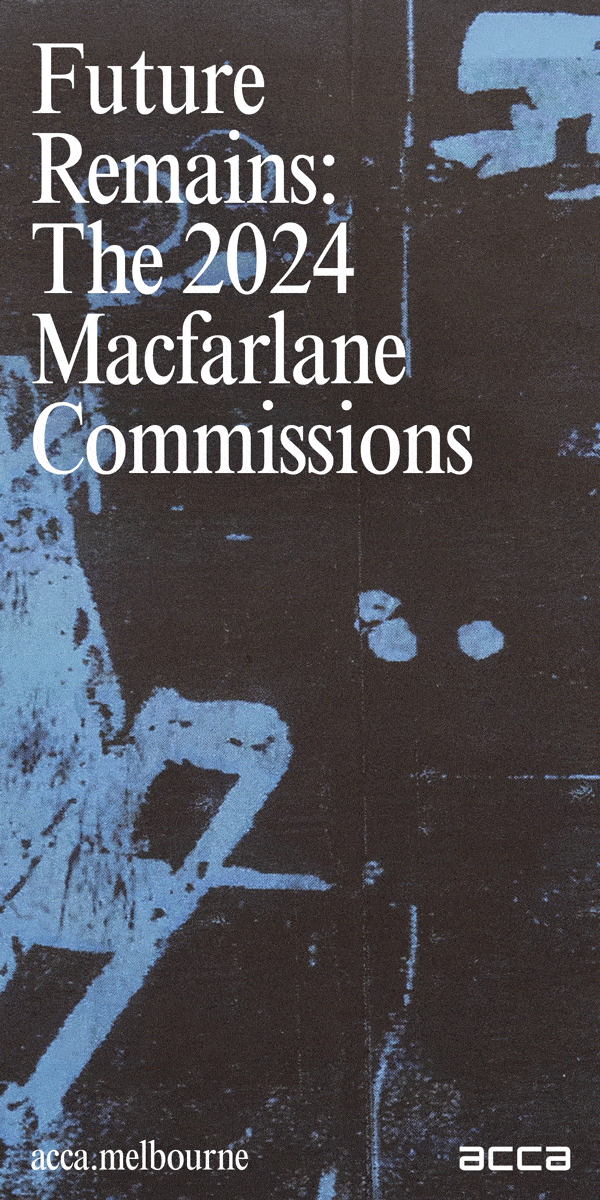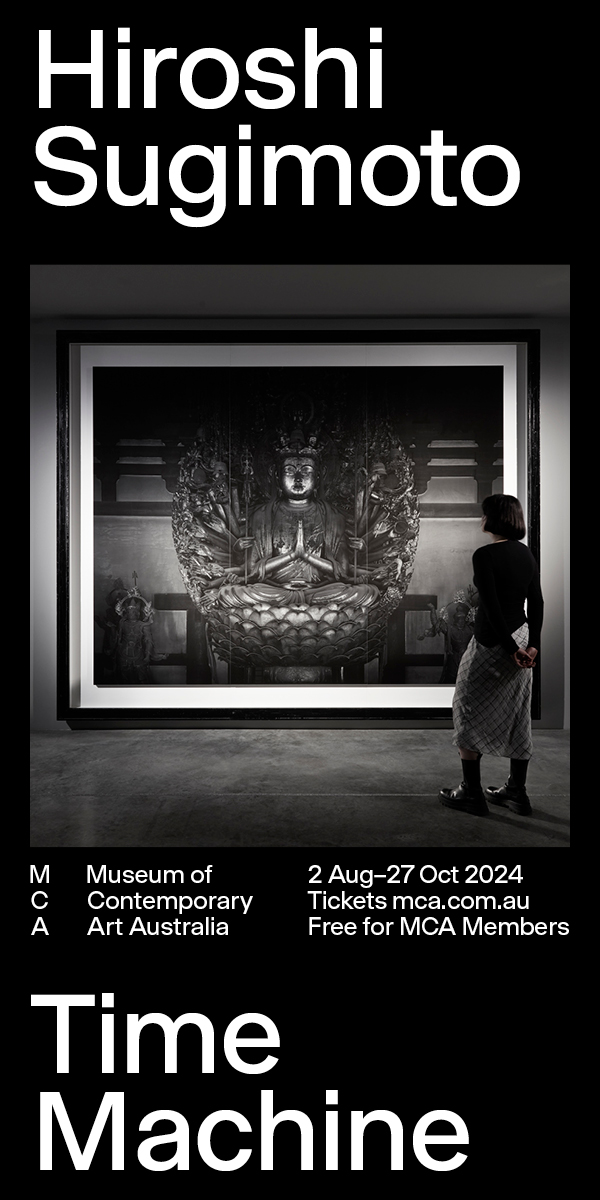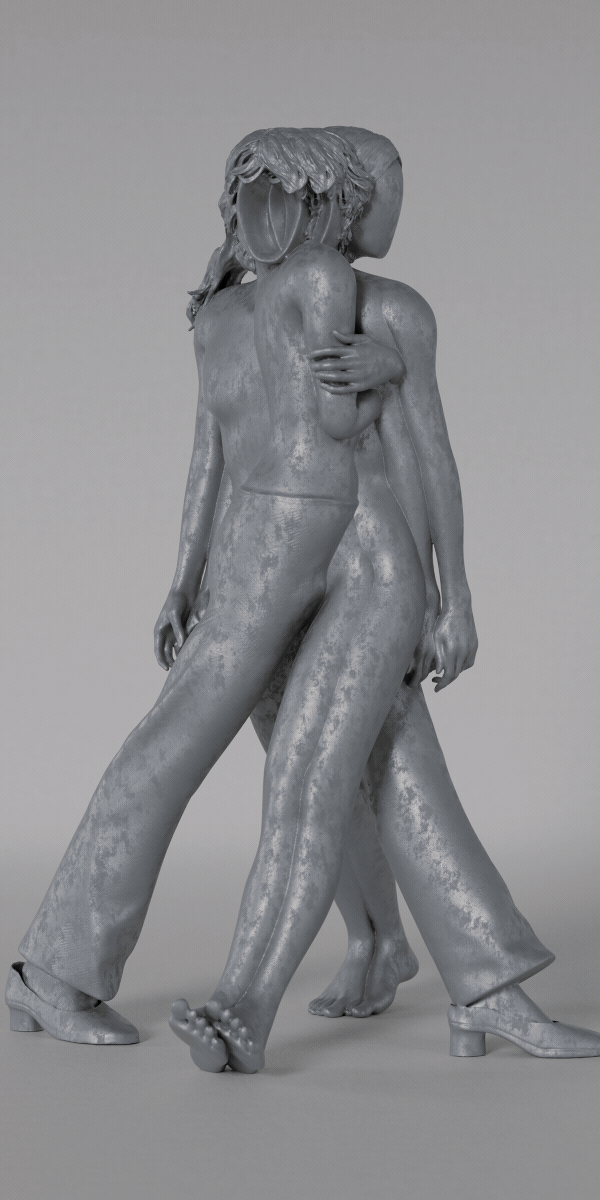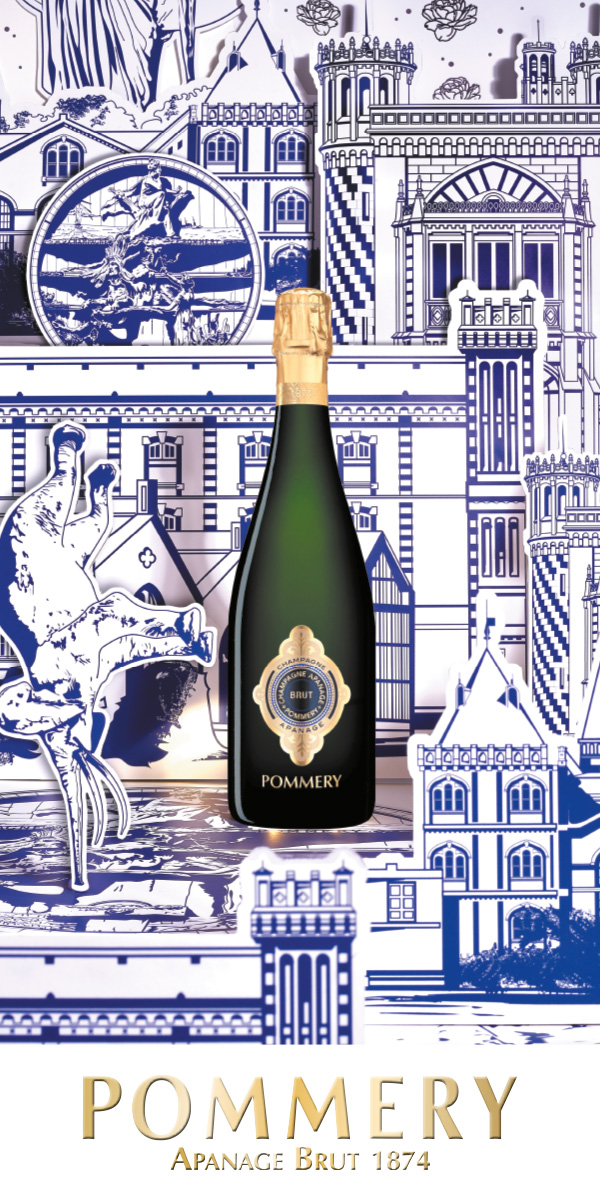MUSUBI Artist Interview Series: Mariko Mori
In celebration of the 50th anniversary of Cartier’s presence in Japan, the Tokyo National Museum, in collaboration with Cartier, is presenting Half-Century of Cartier in Japan and Beyond: an Everlasting Dialogue of Beauty and Art (MUSUBI in Japanese) at the Hyokeikan. Against scenography by Studio Adrien Gardère celebrating Japanese heritage architecture and design, the right-wing explores Maison Cartier’s dialogue with Japanese culture through the curation of around two hundred pieces from the Cartier Collection (the Maison’s heritage collection), private collections and the Cartier Archives, and the left wing considers Fondation Cartier’s work introducing many Japanese artists to the European public. VAULT went to Tokyo and spoke to some of the artists involved about the occasion's significance.
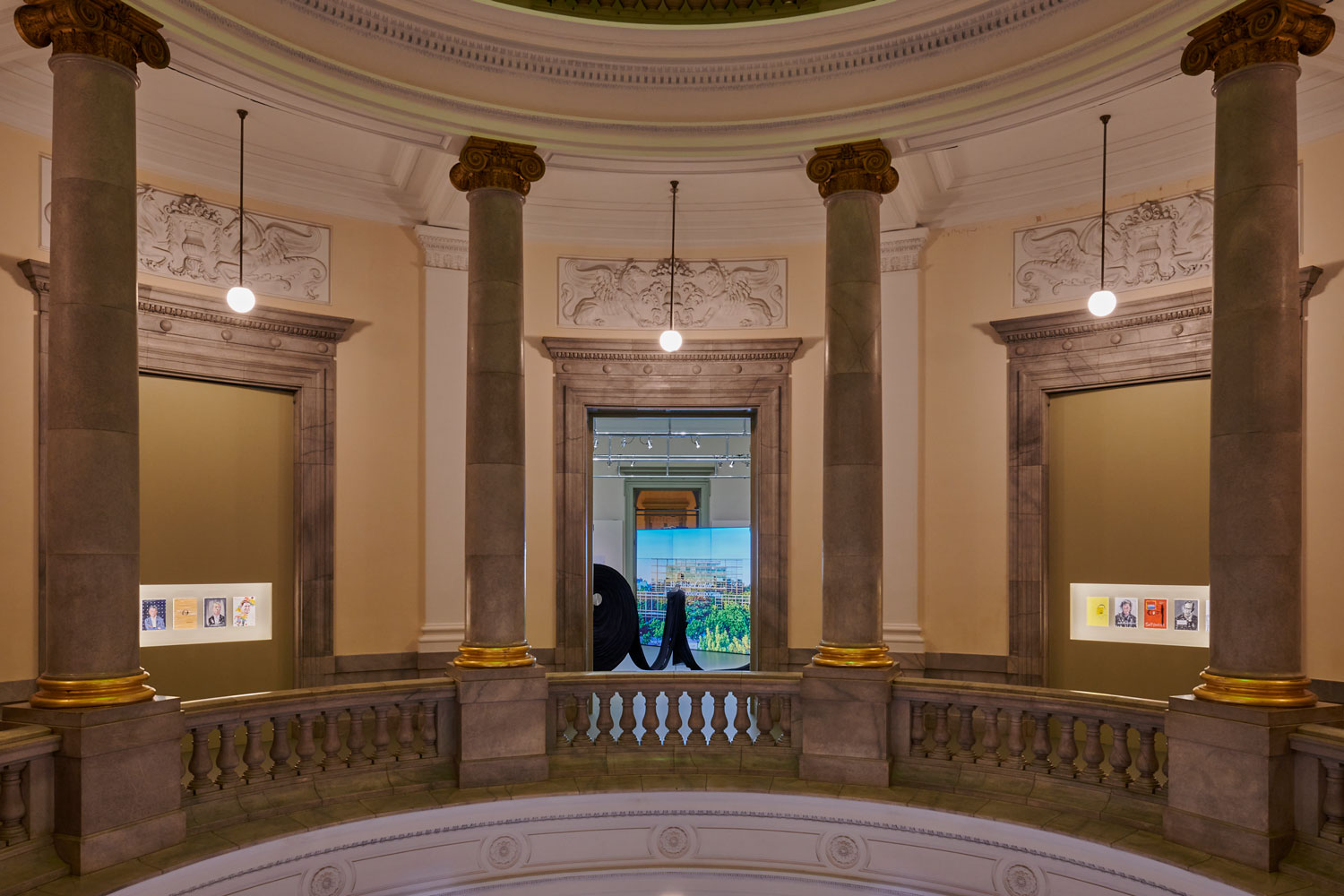
Grace Sandles:
It’s so lovely to meet you! Let’s start broad: what inspires you?
Mariko Mori:
What inspires me? Life!
We don't see a lot of things; it's unlimited, so witnessing very special moments... really, the path of life, that's the source of inspiration.
GS:
I find that very inspiring as well. The idea that so many very specific decisions had to be made in a particular order for us to be sitting here right now. That every moment is the result of so many improbable things happening.
You're a multidisciplinary artist with a truly expansive practice across photography, video, sculpture and installation. Given that your themes are very wide-ranging as well, I think it makes sense that your inspiration is so broad, too. When you're working, do you find that if you want to make a work about something in particular, it calls for a specific medium?
MM:
It’s the idea, the concept that determines which media I should utilise. The idea is really the core, but sometimes the right technology to express the idea is not yet introduced, so I have to kind of wait a bit, or develop it together with an engineer in order to produce it.
“Technology” is a new tool, really, and also a new vocabulary. Before, we had limited expression through three-dimensional or two-dimensional work, but we’ve expanded into a new language. I opened a show last Friday with a work using mixed reality AR [Augmented Reality]. When I first produced the same work in 1997, I produced a 3D video, but that was it. That was really the latest technology then. It's almost 30 years ago now.
GS:
That's such an interesting way of working, to have an idea, and then project how that idea, at the very limits of where human technology is, wants to be expressed, and work towards that. That's so fascinating.
Along those same lines, your work often features a futuristic version of yourself. Why do you choose to depict yourself in your work?
MM:
Well, at the beginning of my career, I used myself because I practiced as a fashion model when I was a teenager. I was familiar with the medium of photography, and using my own body to express ideas. It was like an extension of that, because that was something that was available for me at the time.
I haven't done that since perhaps 1998, but very recently I did it again. I think because...If it's a film director, maybe they use some other people, but in the art world, the process of making is quite personal, and then you envision things, and imagine things, and your body is the first thing that you could use, right? To express your idea.
But then, since 1998, my ideas have shifted more towards consciousness. When expressing ideas about deeper consciousness, I no longer needed my own body, so my body disappeared from my work.
It became abstract, and then became more sculptural, and then became more architectural. So, it really depended on the idea that I wanted to share with the world.
GS:
Your work is a fantastic blend of a futurist style, even when your work isn't of yourself, with traditional Japanese motifs. Why is it important for you to balance both of those things, that traditionality and that kind of speculation for the future?
MM:
One of the roles of artists, not specifically contemporary artists, is to inherit the past with dignity and integrity.
I look back at the history of art, from the Jomon period, which is a couple of thousand BC, to the Momoyama period, around the 16th century. It's quite vast, but when you look through it, you see some essence that has remained and passed through from generation to generation. I feel one of the roles of the artist is to inherit that essence, nurture it, and pass it on to the future generation.
That’s why I look at the past, I look at the culture, and really try to learn the spirit of those times, to then communicate them with the contemporary world. Whatever you receive and inherit from the past, you kind of offer to the future. So we are a bridge. We are making the connection between past, present, and future.
GS:
Can you walk us through your typical creative process in creating a work? Given the range of your practice, is there any essentiality to your days? What would it look like if you had to typify a working day for yourself?
MM:
Right now, I'm very much interested in 10th century Heian choreography.
So after I wake up in the morning, I take a one-and-a-half-hour walk in Meiji Shrine and then come home and then practice this choreography for the whole morning. Only then do I start to think about ideas for work.
But I dedicate the morning to contemplation.
I lost my father around 1990.
I was really curious about what happened to him. Where did he go? What happens after death? No one could answer me. So I read many books on th even primeval atom theory, string theory, and all those kinds of things. I also studied Buddhism and different kinds of Buddhism, esoteric Buddhism and Zen Buddhism, and the mind-only school. I went to see a lot of head monks, many in Japan and went to China and Tibet. I went all over to find the answer, and I asked those questions each time, but I couldn't get any answers. So I said, okay, I'm going to find it myself.
That’s when I started meditating, which was a turning point.
Then, I was pregnant. So I experienced the death of my father, and then I experienced the birth of my daughter.
So then I was wondering, where did she come from? And while she was in my stomach, I felt life. I really felt that I wasn’t alone. So again, I had a spiritual experience, an encounter with a great light, which is full of love. It was a really mind-opening experience where I understood that we are all really connected.
I’m lucky, I feel Hilma af Klint quite recently opened a door for everybody to accept that being spoken about in big exhibitions like at the Guggenheim.
GS:
Although you don't have any work in this exhibition, you have a history with the Fondation Cartier. Can you tell us a bit about what you've done with them?
MM:
I had an exhibition in New York, my first solo exhibition, in 1995. At the time, Gallery Shiseido was doing exhibitions with young Japanese artists who were abroad, and Herve Chandes was a curator scouting artists for those exhibitions. So I went on to do a solo exhibition at Shiseido, and I was able to produce the work that I had always wanted to make, and Herve Chandes wanted to take one of the pieces in that exhibition to Fondation Cartier afterwards for an exhibition called By Night in 1996.
After that, I kept in contact with Herve Chandes while I was in New York, and he was great about checking on what I was doing. At one point, he invited me to photograph James Levius's performance at the Fondation, and I just happened to be in Paris!
Herve choosing me to do the first exhibition in Shiseido was a really important moment for my career. Artists need this kind of support; without this endorsement from institutions, it's quite hard. So I am really grateful to them for opening the door for me.
Also, I admire their program, especially the celebration of indigenous cultures, very precious cultures that it's otherwise challenging to be connected with because institutions have to gain their trust and build relationships in order to be able to communicate their culture to others. So not many institutions do that important work and I think that's very unique to what Fondation Cartier does.





